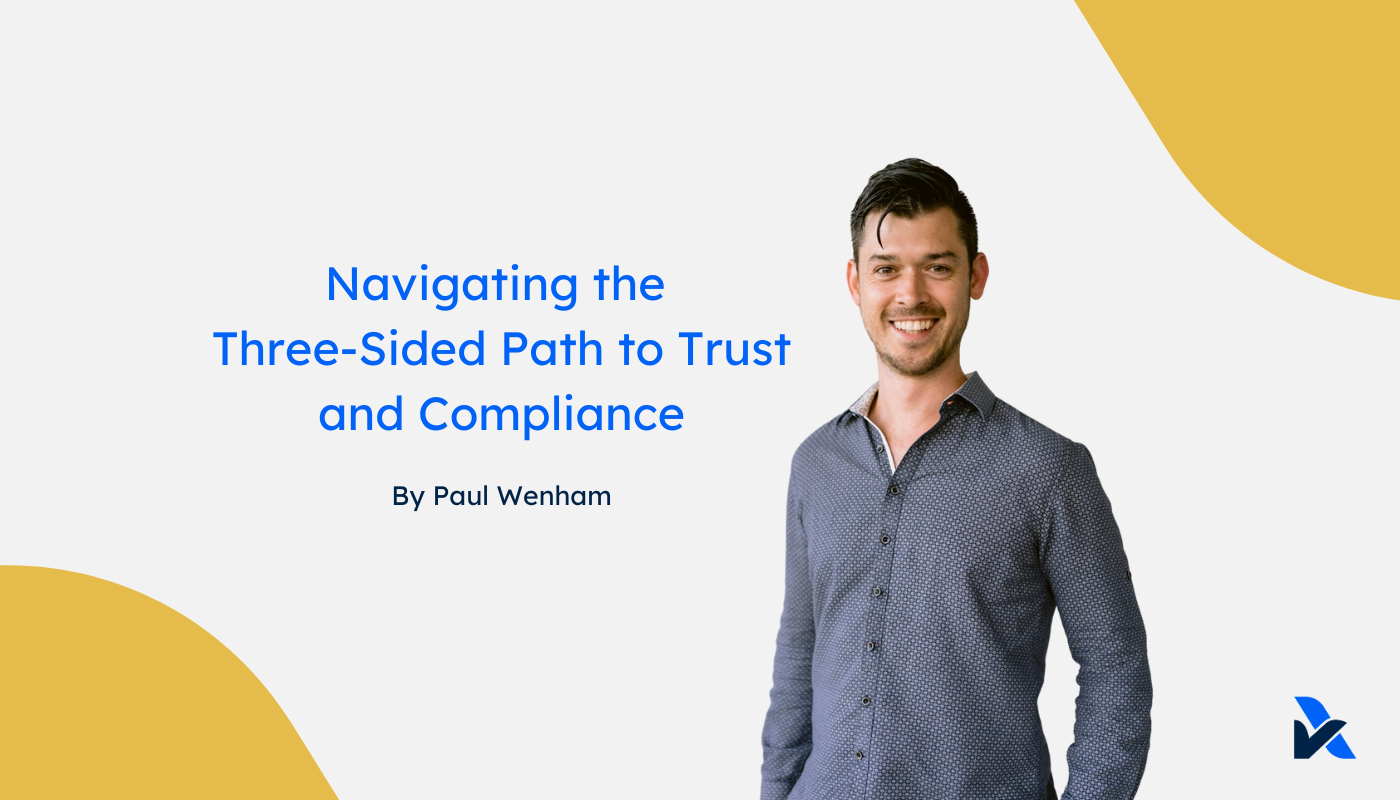Gowtham Ravi, Consultant
The change management process is a critical part of the knowledge and processes in completing a SOC 2 audit. It encompasses information handling around changes made to IT environments. Each change, whether related to software or hardware, operating system updates, or modifications, represents a possibility for increased risk and misconfigurations. When completed properly, change records serve as one of the most comprehensive keys to maintaining SOC 2 compliance.
This blog series is designed to equip IT professionals with information about the change management process in the context of SOC 2 compliance. We will start by defining the essentials of SOC 2, unpacking the complexity of change management systems within SOC 2, and then walk you through the steps to manage the process of change review, approval and testing in a way that meets SOC 2 certification.
Understanding SOC 2 Compliance – The Definition and Scope
There are five SOC 2 ‘Trust Services Criteria’ that can be included in the scope a SOC 2 report:
- Security: covers the entity-level control environment controls and the measures put in place to protect information from unauthorised access.
- Availability: addresses the ability of the system to operate and be accessed as expected.
- Processing Integrity: deals with the accuracy and completeness of processing data.
- Confidentiality: relates to protecting confidential or sensitive information by limiting its access, storage and use.
- Privacy: covers several data privacy concepts like lawfulness of processing, purpose limitation, and data-minimisation.
In contrast to some compliance standards that limit the flexibility of practitioners in a way that only provides two or more choices to show compliance, SOC 2 is distinctive in its flexibility. It is up to the management of the organisation to choose the relevant Trust Services Criteria for their specific business model and type of data being handled, though Security is the criteria typically included regardless of the additional criteria combinations added.
Role of Change Management in SOC 2
In SOC 2 compliance, change management is an important part of any control environment involving the development or implementation of changes. It forms part of a criteria focus point of the SOC 2 standard. It is not just about making updates or implementing new systems; it's about safeguarding compliance every step of the way. A successful approach to change management in SOC 2 considers a meticulous and comprehensive strategy for managing all changes, whether big or small, including attention to protecting the integrity and security of data and systems.
The Fundamentals of Effective Change Management Process:
- Systematic documentation: documentation should be maintained at every stage, from conception to implementation. This covers the change's explanation (why is the change required), an impact assessment (what could the impact of the change be to the business, user and system functionality) and the testing methods used (how the change is validated).
- Comprehensive impact analysis: any modification must be thoroughly analysed to determine how it might affect data integrity and system security, the business or end users before it is implemented.
- Participation of stakeholders: relevant stakeholders should be involved in effective change management including management, IT professionals and occasionally end users. Their opinions can offer insightful information about the possible advantages and disadvantages of suggested changes.
- Testing and validation: appropriate testing, based on the nature and impact of the change, is necessary to ensure that changes have the intended outcome and reduce potential complications.
- Review and approval procedure: a clear review and approval requirement ensures that all changes are examined and approved by the relevant stakeholders before being put into effect.
- Post-implementation review: following the implementation of a change, it is important to assess its efficacy and confirm that the security and functionality has not been compromised.
Read the other blogs in our change management series:
- The fundamentals of effective change management
- The change review and approval process
- The change testing process (coming soon)
Disclaimer: AssuranceLab performs the role of an independent auditor across hundreds of client environments. We do not perform technical roles or assessments and this content is not intended to be comprehensive on those technical or detailed aspects of cybersecurity. You should perform further research and seek professional advice as appropriate before acting on any of the information contained here.






